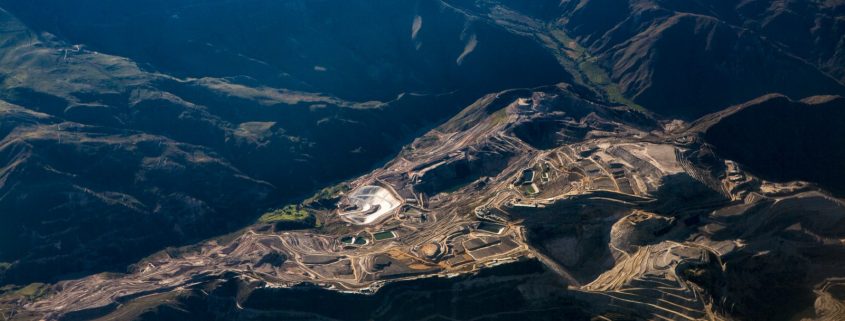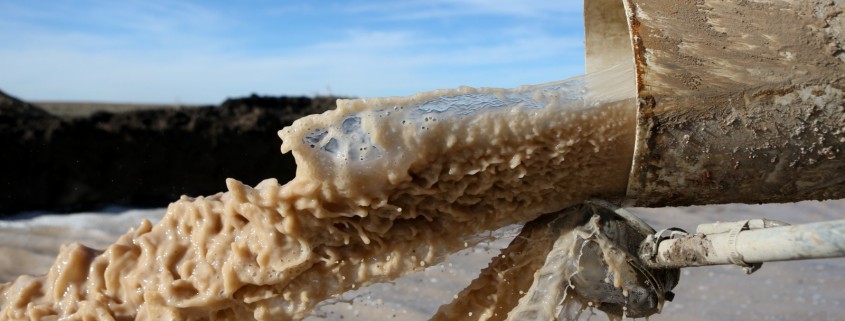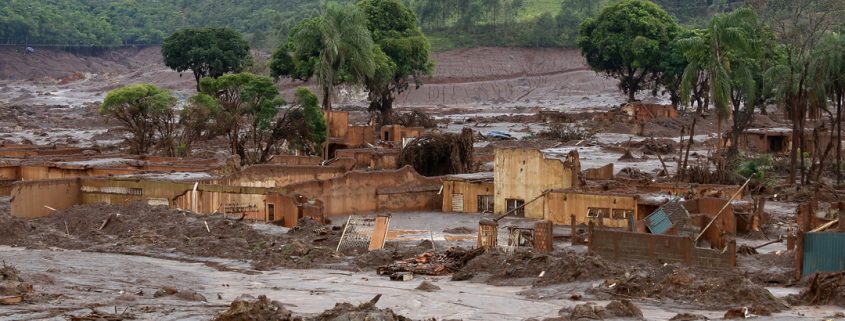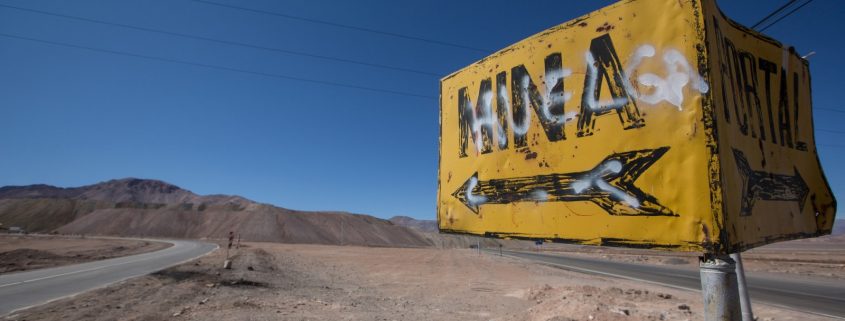Water Stress Is Factor in Global Mining Slump, Stranded Assets
Floods, dam failures, public opposition batter big hard rock mines.
Mining Requires A Lot of Water
In Chile, the world’s largest copper producer, the mining industry withdraws an average of 70 cubic meters of fresh water to produce one metric ton of copper. As companies begin to process lower-grade ore bodies—meaning the rock contains less of the commodity being mined—more water is required to extract the same amount of product.
Water risks are translating into higher costs for mines. Companies spent approximately $US 12 billion on water management in 2013, which was three times the amount they spent in 2009, according to estimates by Moody’s Investors Service.
Chile has introduced legislation that would require mines using at least 150 liters of water per second to supplement with desalinated water sources. Desalination costs approximately $US 5 per cubic meter (1,000 liters) of water in Chile. Desalination also requires large amounts of energy—much of which is now produced by coal-fired power plants.
Uranium mines in Namibia are also facing the prospect of water shortages and increased costs for desalinated water. Three of the country’s mines, which collectively use about 10 million cubic meters of water annually, were forced to begin sourcing their water from a desalination plant after water supplies declined in a regional aquifer.
In a 2012 survey of 36 metals mining companies with a total market capitalization of $US 773 billion, the Carbon Disclosure Project found that 64 percent had experienced “detrimental water-related business impacts” in the past five years, and water stress was the most commonly reported risk. Further, 92 percent of the respondents identified water risks that they felt could create a “substantive change” to their operations, revenues, or expenditures within the next five years. In short, awareness of water risks is growing in the mining industry.
Tailing Pond Disasters Pollute Water
Mining is often the primary water user within a watershed and typically the biggest water polluter. Acid mine drainage is endemic in hard rock mining regions.
But mining practices that involve storing enormous quantities of liquefied wastes in ponds plugged by big tailings dams also have become a menace.
In November 2015, a tailings dam failed at an iron mine owned by BHP Bilton and Vale Mariana Brazil. About 60 million cubic meters of iron waste flowed into the Doce River. The environmental catastrophe killed 17 people and injured 16 more.
In August 2014, the tailings pond breached at Imperial Metals’ Mount Polley copper and gold mine. Millions of gallons of contaminated water and slurry poured into Polley Lake.
The same month waste ponds at the Buena Vista del Cobre copper mine in the northern Mexican state of Sonora overflowed, spilling more than 40 million liters (10.5 million gallons) of water laden with heavy metals into local rivers.
Governments Respond to Water Risk
With mounting evidence of the economic, environmental, and social risks of water scarcity and pollution, national governments are enacting legislation to limit the damage and improve the governance of natural resources.
CHINA
In 1997, China enacted water-conservation legislation in the Yellow River Basin, which drains nine provinces in the country’s energy-rich and dry north. The law requires mines to recycle their process water and to prove that there is sufficient water in their regions to operate without compromising other water users.
INDIA
In 2010, India approved legislation to form the National Green Tribunal, a high-level court to hear and decide environmental cases. The Tribunal has issued stunning decisions, many of them focused on reducing damage to water supplies from mining. In 2013, the Tribunal issued a national order to shut down the sand mining industry so as to bring the industry into compliance with national water quality laws.
PERU
In 2011, Peru approved separate legislation that established a new agency to review environmental assessments and approve or reject authorizations for new mines and other industrial operations. The law was passed, and the 150-member SENACE agency was established specifically to withdraw the permitting authority from the Ministry of Energy and Mines and to restore credibility to the permitting process.








